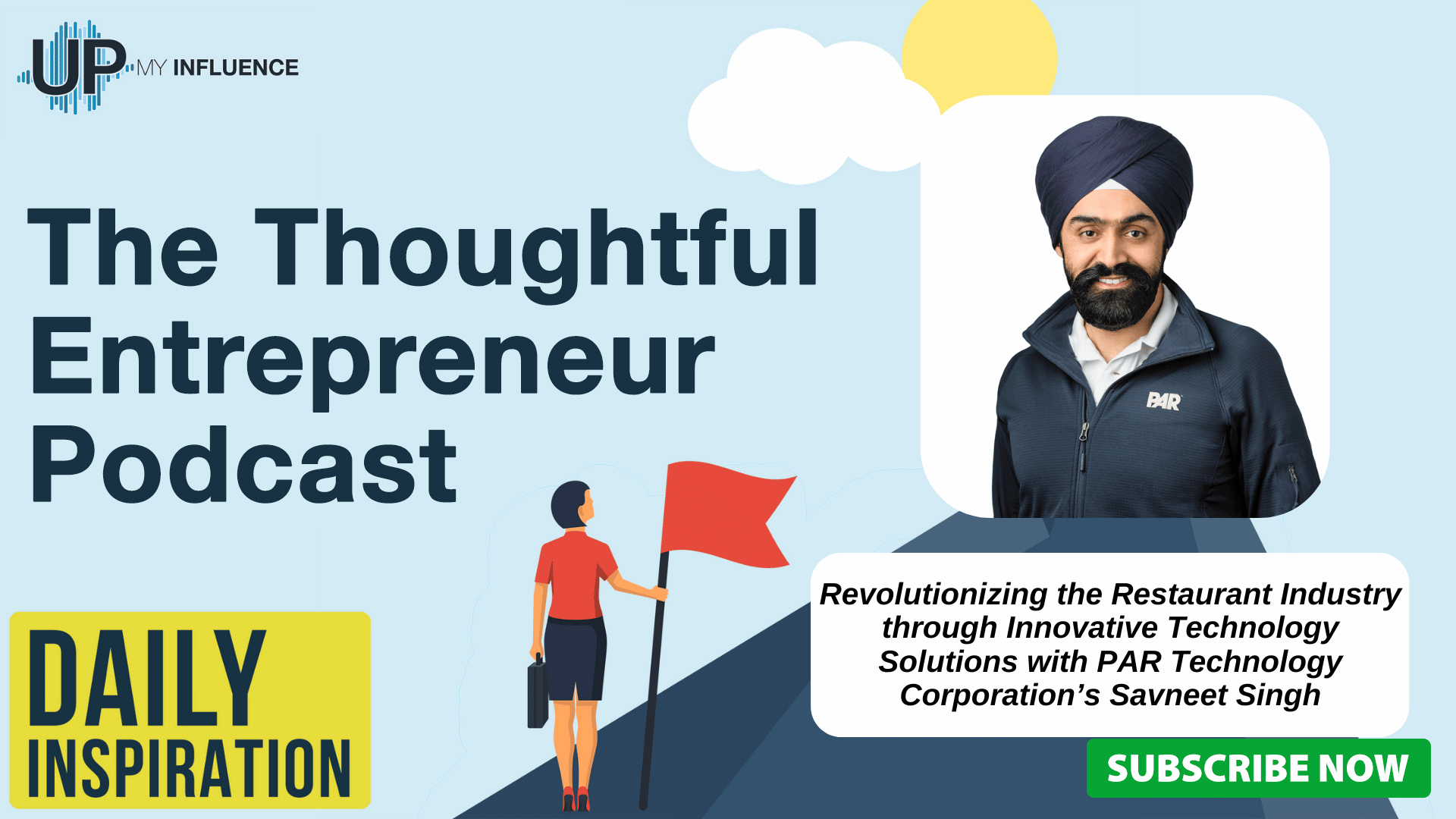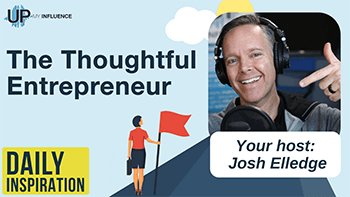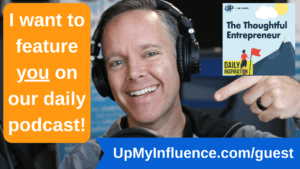THE THOUGHTFUL ENTREPRENEUR PODCAST
 The Future of Restaurant Technology
The Future of Restaurant Technology
In a recent episode of “The Thoughtful Entrepreneur Show,” hosted by Josh Elledge, the CEO of PAR Technology Corporation, Savneet Singh. He shared valuable insights into the evolving landscape of technology in the restaurant industry. ParTech, a leading provider of software, hardware, and services to fast-growing or large restaurant chains, is at the forefront of this transformation. This episode delves into the key themes discussed in the episode, offering actionable advice and expert insights for restaurant owners, CIOs, and marketing officers looking to leverage technology to enhance the consumer experience.
ParTech specializes in providing comprehensive technology solutions tailored for restaurant chains. Their offerings include streamlined and efficient Point of Sale (POS) systems, customized loyalty programs designed to increase customer retention and engagement, and robust online ordering platforms that cater to the growing demand for digital convenience. Savneet emphasized the critical role of technology in bridging the gap between consumers and the brands they love, highlighting how advanced technological solutions can enhance customer engagement, improve operational efficiency, and enable restaurants to quickly adapt to changing consumer behaviors and preferences.
The conversation also touched on the future of self-checkout and the increasing role of mobile phones, emphasizing their convenience, speed, and ability to provide personalized recommendations and offers. Additionally, the potential advancements and challenges in the use of AI and robotics in the restaurant industry were discussed, noting how automation of routine tasks can enhance accuracy and efficiency, despite the challenges in implementation.
About Savneet Singh:
Savneet Singh is an award-winning software / SaaS CEO with deep expertise across the retail, fintech and payments industries.
Savneet is currently CEO of PAR Technology Corporation, a provider of point of sale software to the retail industry. Under his tenure, the Company has transformed from a distressed provider of hardware to a fast-growing SaaS business. This work has included two significant capital raises, two large acquisitions and a dramatic change in workplace culture.
Prior to PAR, Savneet has extensive experience as both an investor and Board Member, having served on a number of both public and private Boards, including a listed SPAC.
About PAR Technology Corporation:
PAR Technology Corporation develops and markets products that assist hospitality operators around the world to better manage money, materials, people and the guest experience. PAR has provided solutions, including software, hardware and services to the world’s largest restaurant chains and their franchisees for 40 years. Today our extensive offering includes technology applications for the full spectrum of hospitality and restaurant operations, from independent table service restaurants to international QSR chains and five-star destination resorts, all backed by PAR’s global service network.
The Company has nearly 100,000 installations in 110 countries worldwide. PAR is also a leader in providing computer-based system design and engineering services to the Department of Defense and Federal Government Agencies.
Links Mentioned in this Episode:
Want to learn more? Check out PAR Technology Corporation website at
Check out PAR Technology Corporation on LinkedIn at
https://www.linkedin.com/company/partechnology
Check out Savneet Singh on LinkedIn at https://www.linkedin.com/in/savneetsingh/
Don’t forget to subscribe to The Thoughtful Entrepreneur and thank you for listening. Tune in next time!
More from UpMyInfluence:
We are actively booking guests for our The Thoughtful Entrepreneur. Schedule HERE.
Are you a 6-figure consultant? I’ve got high-level intros for you. Learn more here.
What is your #1 Lead Generation BLOCKER? Take my free quiz here.
Want to learn more about all the podcasts managed by UpMyInfluence? Opt in here.

